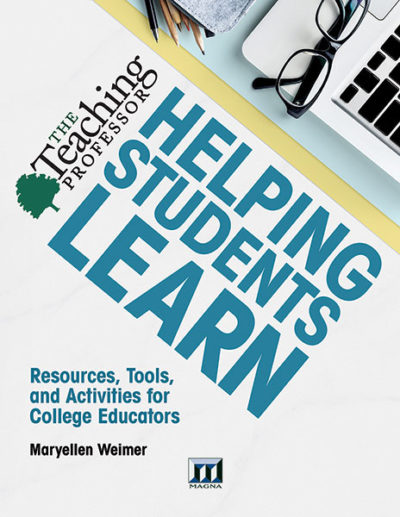Description
Discover the likely misconceptions your students will have about critical thinking and what you can do to dispel them as quickly as possible.
Critical thinking (CT) is difficult to understand and even harder to teach. Because critical thinking requires students to look at things differently from how they’ve been instructed as children and question their beliefs, it’s an unnatural process that can take a lot of time to learn.
There are several different theories about critical thinking, which can make it more difficult to teach and assess. However, when you find a way to introduce critical thinking to your students as part of the courses you teach and they’ve had the experience, they’ll begin to see the value of looking at things with a more critical eye.
So whats the best way to introduce critical thinking to your students? What are the typical mistakes instructors make when teaching critical thinking, and how can you avoid them? What are the similarities and differences between the various CT theories, and what elements can you draw on to design a CT-infused course?
Get answers to these questions and more by ordering the online seminar from Magna Publications, Teaching Critical Thinking to Students: How to Design Courses That Include Applicable Learning Experiences, Outcomes, and Assessments.
Benefits
Gain insight into CT and shows you how to teach it to your students. You’ll learn the importance of building CT outcomes, assessments, and activities into your courses and will appreciate why stand-alone classes on the subject aren’t very effective. You’ll find out about the likely misconceptions your students will have about critical thinking and what you can do to dispel them as quickly as possible. And you’ll discover why tying CT to a specific discipline (sciences, the arts, etc.) can help students better understand the concept.
Learning Goals
After participating in this online seminar, you will be able to:
- Design a discipline-based course with a focus on critical thinking.
- Create measurable learning outcomes that will help you assess how well your students understand critical thinking.
- Measure your students progress in achieving the outcomes you establish.
- Encourage critical thinking by your students with different learning experiences such as class discussions, debates, role playing, journaling, and more.
- Help students to understand the real-life value of critical thinking.
- Adapt a list of sample learning outcomes and assignments to meet the needs of your courses.
Audience
Whether you’re a professor, lecturer, educational developer, TA, or part of a faculty development team—anyone who understands the value of CT for students but wants more information on how to teach it—you wont want to miss this seminar.
Purchase
Order today and discover the the importance of building CT outcomes, assessments, and activities into your courses
Product Code: PC16EA





